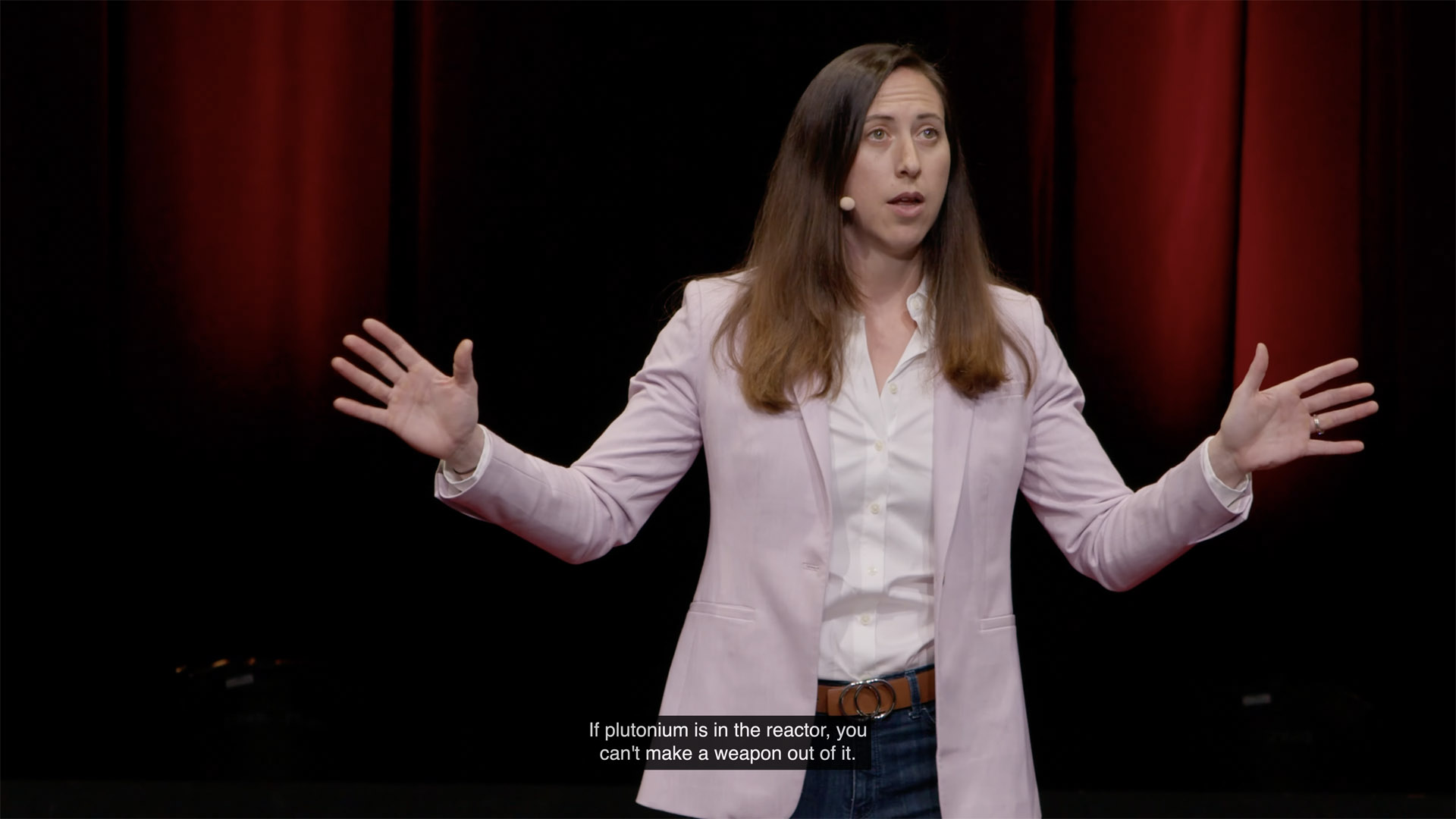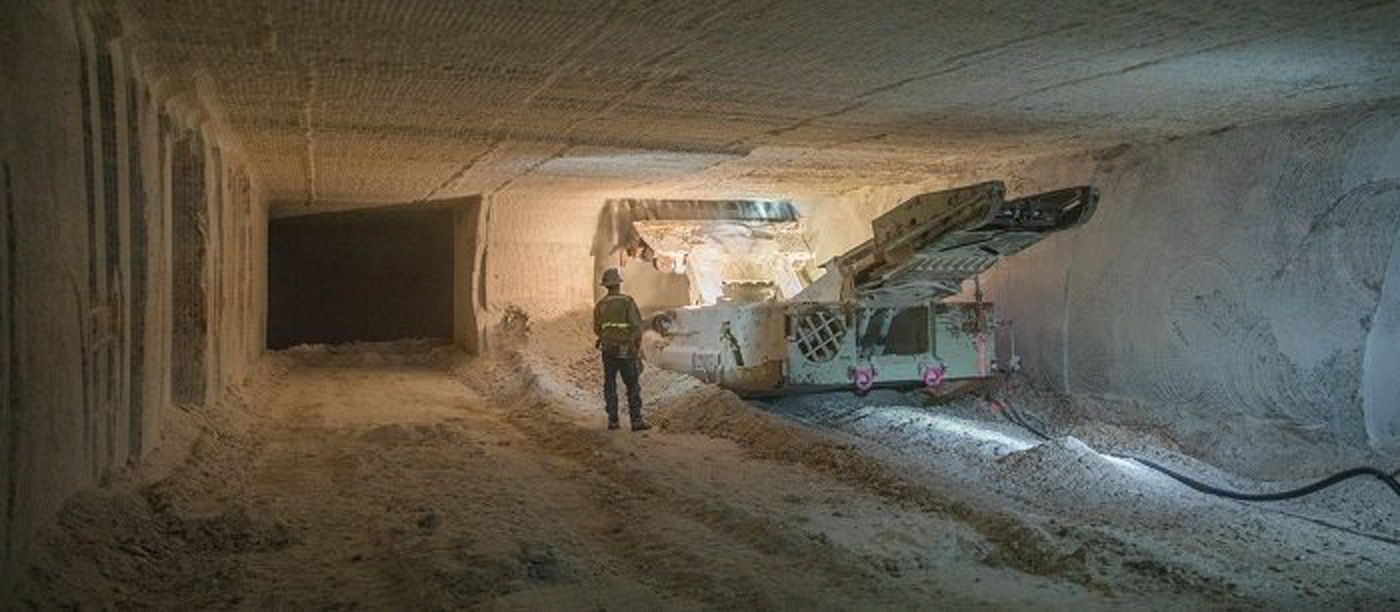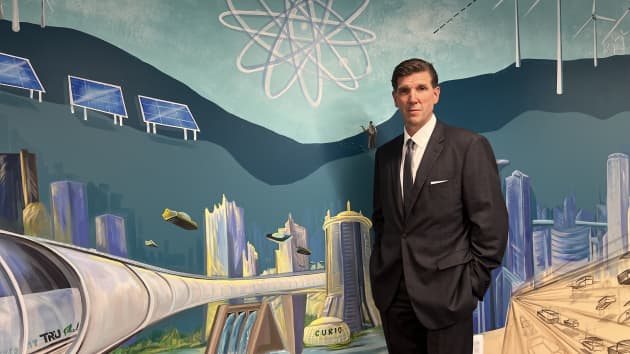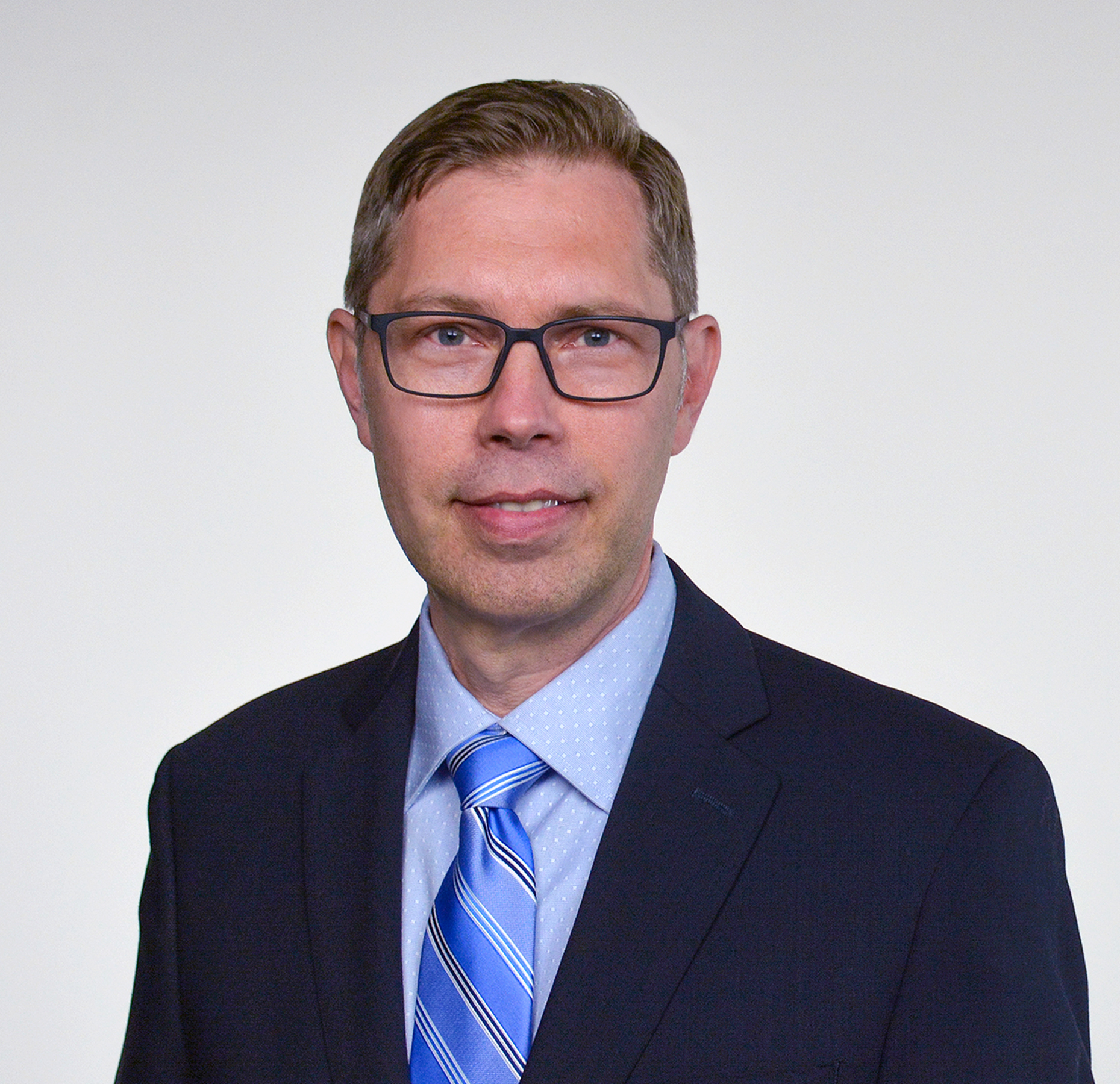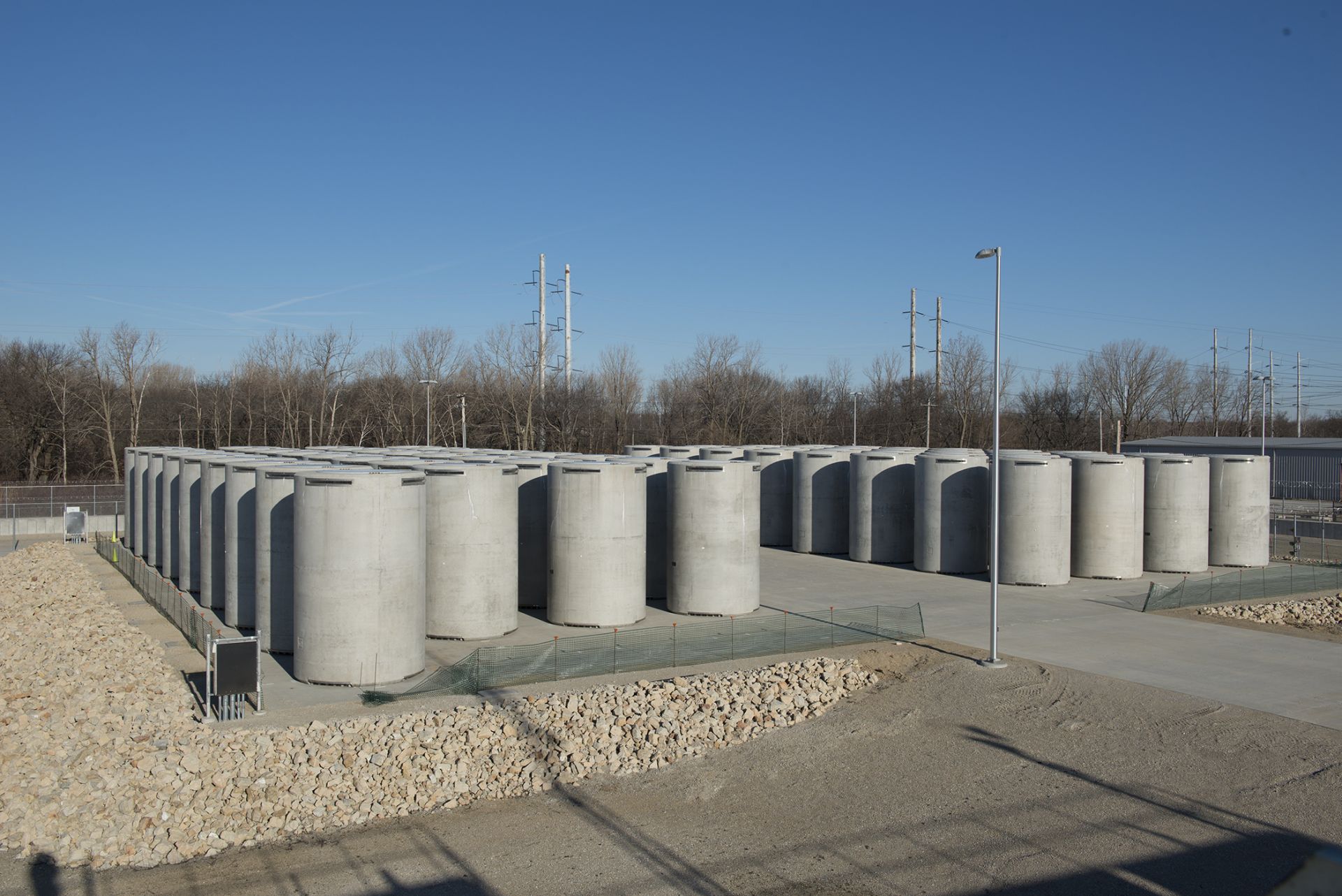Statement from ANS on Supreme Court’s decision to grant certiorari to NRC v. Texas
Washington, D.C. — The American Nuclear Society (ANS), a nonprofit representing over 10,000 professionals in the fields of nuclear science and technology, issued the following statement regarding the U.S. Supreme Court’s decision to grant certiorari to Nuclear Regulatory Commission v. Texas:
Jenifer Shafer during her TEDx talk on nuclear energy. (Screen capture: YouTube)
Jenifer Shafer, the associate director for technology at the Advanced Research Projects Agency–Energy (ARPA-E), recently delivered a TEDx talk in which she explained the basic concepts of nuclear waste recycling, including related nonproliferation issues. As Shafer wrote in a post on LinkedIn, “In my talk, I explored the misconceptions surrounding nuclear waste and discuss[ed] the possible emerging opportunities regarding nuclear fuel recycling. It’s crucial that we understand the real potential of nuclear energy, and leveraging our ‘nuclear treasure,’ in shaping a sustainable future.”
Twelve orgs call on Congress to fund updates to EPA standards for permanent storage of spent nuclear fuel.
Washington, D.C. –- The American Nuclear Society (ANS) joined 11 other energy and environmental organizations in calling on Congress to fund work by the Environmental Protection Agency (EPA) to develop a new, technology-neutral, generic environmental standard for the permanent disposal of spent nuclear fuel (SNF) and high-level radioactive waste (HLW) in the United States.
Kyle Hill appreciates a Dresden nuclear waste cask. (Photo: Kyle Hill)
On this holiday that celebrates all things love, here’s a look at the love affair that Kyle Hill has with nuclear energy—even its waste.
Finalized report incorporates feedback on revisiting EPA regulations
Downers Grove, Illinois – The American Nuclear Society (ANS) published a finalized report on recommendations for updating public health and safety standards for the permanent disposal of commercial used nuclear fuel and high-level radioactive waste at future geological repository projects in the United States.
February 17, 2023, 3:03PMRadwaste SolutionsPeter Swift, Michael Apted, Lake Barrett, John Kessler, and Steven Nesbit An electric continuous miner machine cuts out a waste-emplacement panel at the Waste Isolation Pilot Plant salt repository in New Mexico. (Photo: DOE)
Used nuclear fuel and high-level radioactive wastes are by-products of nuclear energy production and other applications of nuclear technology, and the consensus approach to disposing of those wastes safely is to encapsulate them and emplace them in stable geologic formations (geologic repositories) where they will be isolated from people and the environment for very long periods of time. The federal government has established environmental standards for waste isolation that any proposed geologic repository must meet.
In July 2021, the American Nuclear Society established a special committee to consider possibilities for revised generic environmental standards for disposal of spent nuclear fuel and high-level radioactive waste in the United States. The committee developed a number of recommendations, which are contained in a draft report that was to be issued in February for review and comment by stakeholders. The draft report can be found on the ANS website, at ans.org/policy/repositorystandard/.
The committee’s draft recommendations are based on two underlying assumptions. First, that the relevant legislative framework for regulation defined in the Nuclear Waste Policy Act (NWPA) remains unchanged. Specifically, it is assumed that the Environmental Protection Agency will be charged with promulgating environmental standards for disposal and that the Nuclear Regulatory Commission will be charged with reviewing applications for disposal facilities using licensing requirements and criteria consistent with the EPA standards. Second, that existing generic disposal standards will be updated or replaced.
Ed McGinnis, Curio CEO. (Photo: Curio)
Ed McGinnis, the chief executive officer of nuclear innovation startup Curio, is looking to solve the nuclear waste problem. In a profile published by CNBC, McGinnis says that nuclear waste is “a huge, huge unresolved problem representing pretty much the largest ball and chain on the ankle of the U.S. nuclear energy sector [which is] trying to transition itself for the next generation of reactors.” Curio, which has developed its NuCycle technology for chemically processing nuclear waste, is hoping to “rebrand nuclear as a means of unlocking the full potential of human ingenuity and aspiration,” according to the company’s website.
Roadmap for the China Initiative Accelerator-Driven System project development. (Image: Zhijun Wang/CAS)
Researchers at the Chinese Academy of Sciences’ Institute of Modern Physics are making strides with their China Initiative Accelerator-Driven System (CiADS) technology, which is being developed to get more life out of used nuclear fuel. Defense One, an online news source that focuses on “the future of U.S. defense and national security,” describes the prototype system as a step in moving China toward energy independence and advancing that nation’s “global leadership in climate-friendly technology.”
Spent fuel in dry storage at the decommissioned Zion site in Illinois awaits a permanent home. (Photo: EnergySolutions)
The deadline for submitting comments on the Department of Energy’s request for information on using a consent-based approach to siting federal facilities for the interim storage of spent nuclear fuel is Friday, March 4.



